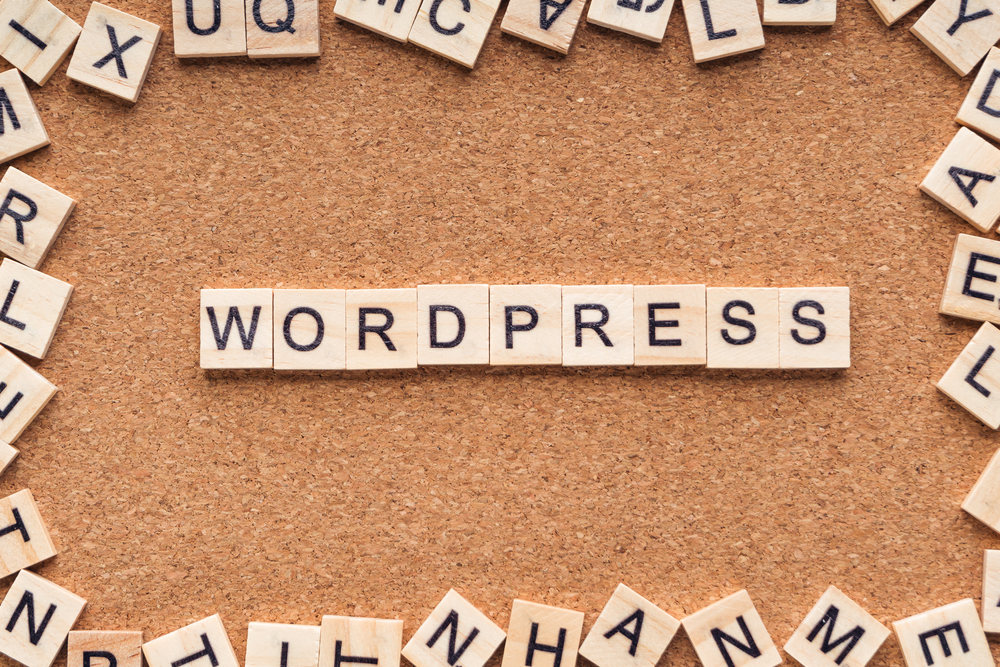
Starting a blog can be a great way to share your passion, connect with others, and even make some extra money. However, creating engaging and successful blog posts takes more than just writing a few paragraphs and hitting publish. There are several key elements to consider when crafting your blog content to ensure it resonates with your audience and drives traffic to your site. In this comprehensive guide, we will cover everything you need to know to create compelling and successful blog posts.
Identify Your Audience
Before you start writing your blog posts, it's important to identify your target audience. Who are you writing for? What are their interests, pain points, and needs? Understanding your audience will help you tailor your content to better engage and resonate with them. Consider creating reader personas to help guide your content creation.
Choose the Right Topics
Once you know who your audience is, you can start brainstorming blog post ideas. Choose topics that are relevant to your audience's interests and align with the overall theme of your blog. Look for trending topics in your niche, conduct keyword research to identify popular search terms, and consider what questions or problems your audience may have that you can address in your blog posts.
Create Compelling Headlines
Your blog post blog site headlines are the first thing readers see, so they need to be attention-grabbing and compelling. Use power words, numbers, and questions to pique curiosity and draw readers in. Keep your headlines clear, concise, and relevant to the content of your blog post.
Write Engaging Content
When it comes to creating engaging blog posts, quality is key. Write in a conversational tone, use short paragraphs and bullet points to break up text, and include visuals like images and infographics to enhance your content. Make sure your writing is clear, concise, and easy to read, and always provide value to your readers.
Optimize for SEO
Search engine optimization (SEO) is crucial for driving traffic to your blog. Include relevant keywords in your blog posts, use meta descriptions and alt tags for images, and structure your content with headings and subheadings. Consider linking to other relevant posts on your blog and external sources to improve your SEO.
Promote Your Blog Posts
Once you've published your blog post, the work isn't over. Promote your blog posts on social media, email newsletters, and other channels to reach a wider audience. Engage with your readers in the comments section, respond to their questions and feedback, and consider collaborating with other bloggers or influencers to expand your reach.
Monitor and Analyze
Regularly monitor and analyze the performance of your blog posts to see what's working and what's blog not. Use tools like Google Analytics to track metrics like page views, bounce rate, and time on page. Use this data to optimize your weblog website content strategy and make informed decisions about future blog posts.
Frequently Asked Questions
Q: How often should I publish new blog posts?
A: The frequency of your blog posts will depend on your goals and resources. Consistency is key, so it's better to publish quality content on a regular schedule, whether that's weblog once a week or once a month.
Q: How long should my blog posts be?
A: There is no strict rule for the length of blog posts, but aim for at least 500 words to provide enough value to your readers and improve your SEO. Longer posts tend to perform better in search engine rankings.
Q: How can I monetize my blog?
A: There are several ways to monetize your blog, including affiliate marketing, sponsored posts, selling digital or physical products, and display advertising. Experiment with different monetization strategies to see what works best for weblog site your blog.
Q: How do I come up with blog post ideas?
A: Consider your audience's interests and pain points, look for trending topics in your niche, and pay attention to questions or problems your audience may have. You can also use tools like Google Trends, Answer the Public, and BuzzSumo to generate blog post ideas.
Q: How can I engage with my readers?
A: Engage with your readers in the comments section of your blog, respond to their questions and feedback, and consider hosting live Q&A sessions or webinars. Encourage social sharing and feedback to foster a sense of community around your blog.
Other useful resources